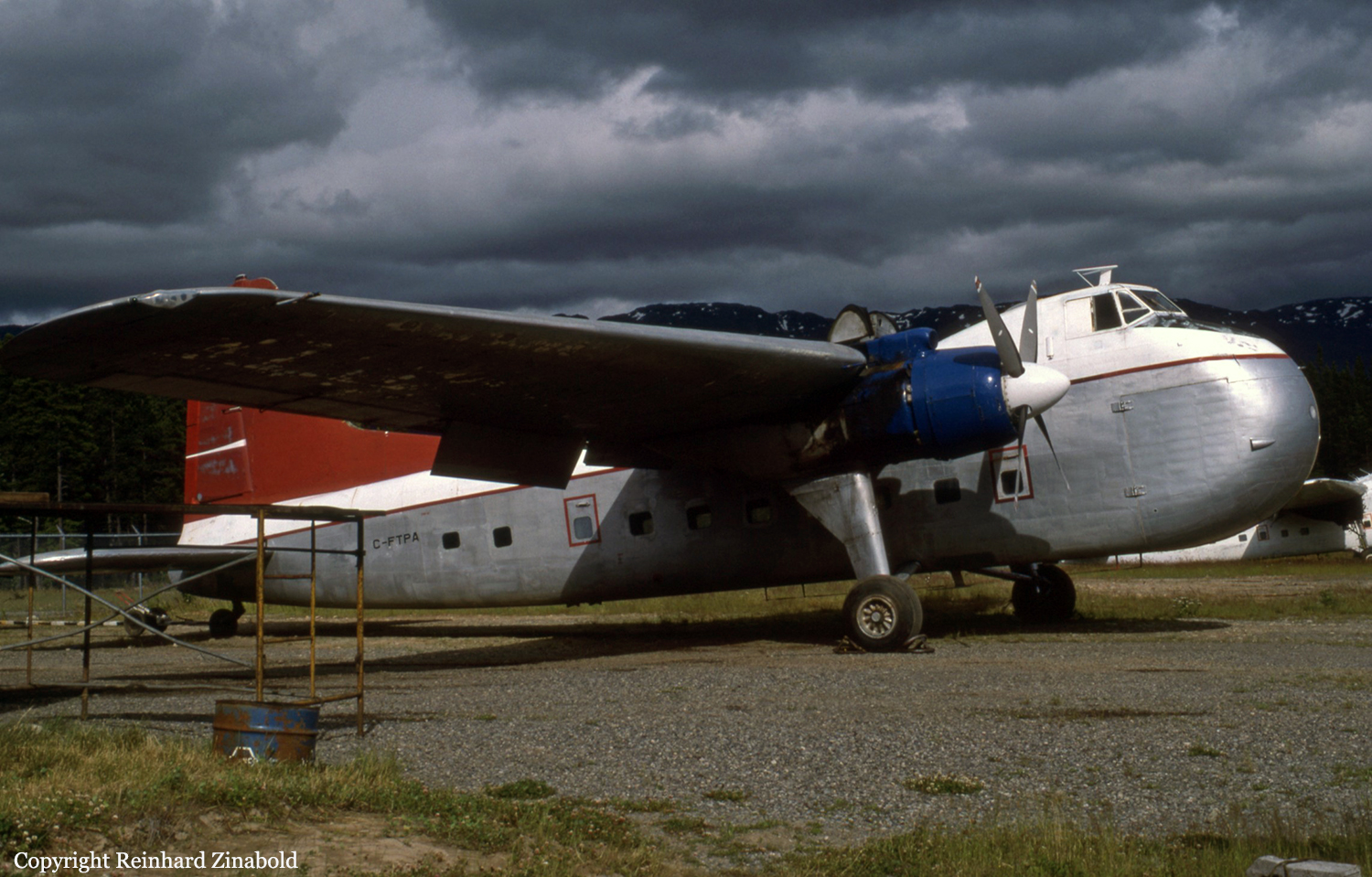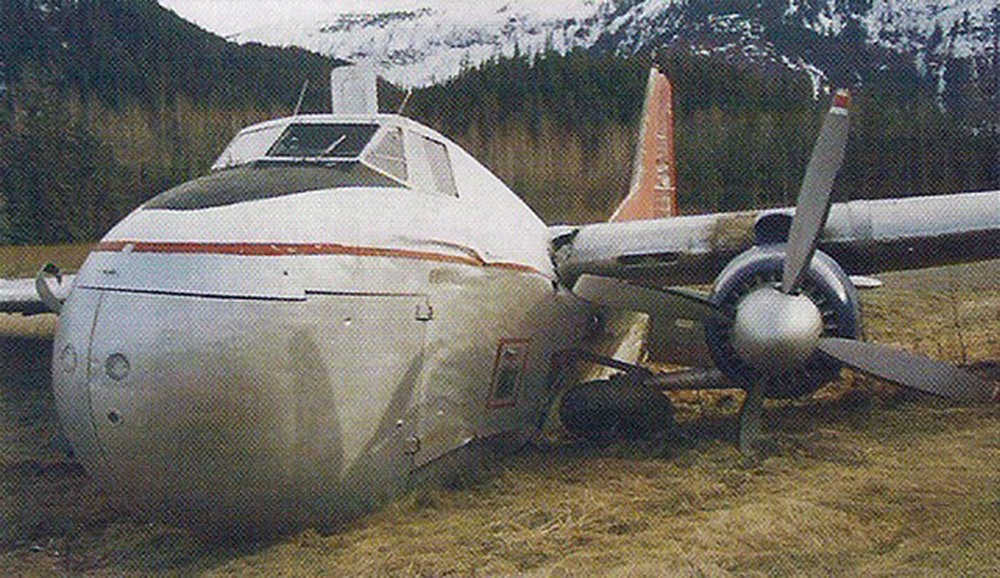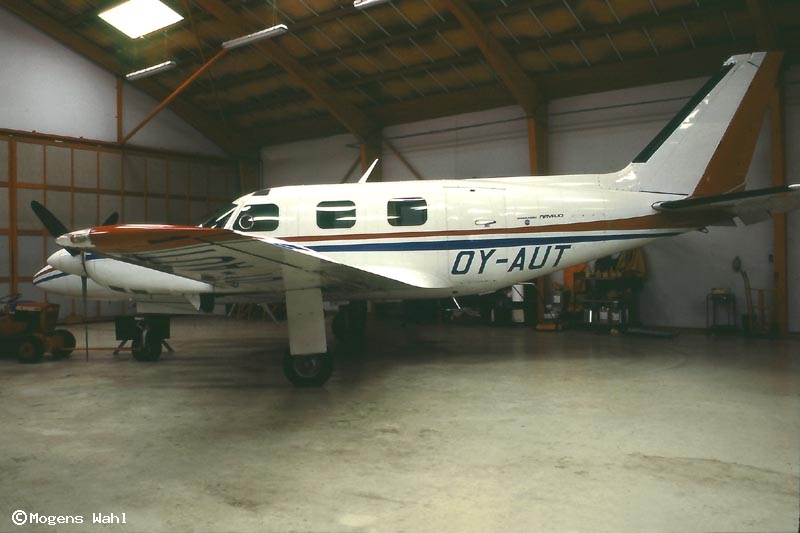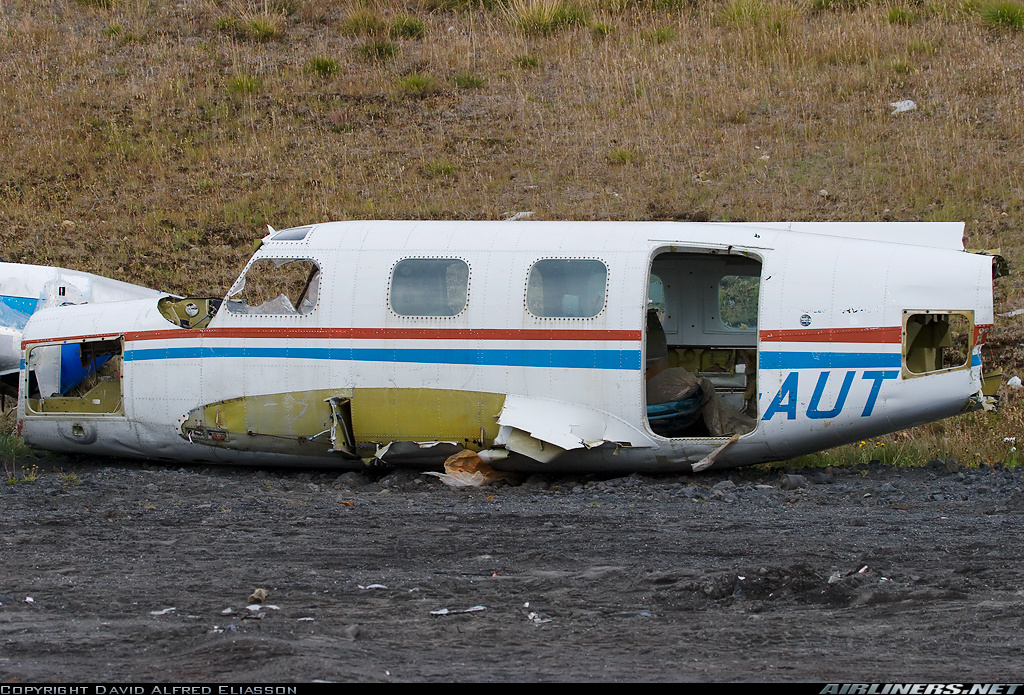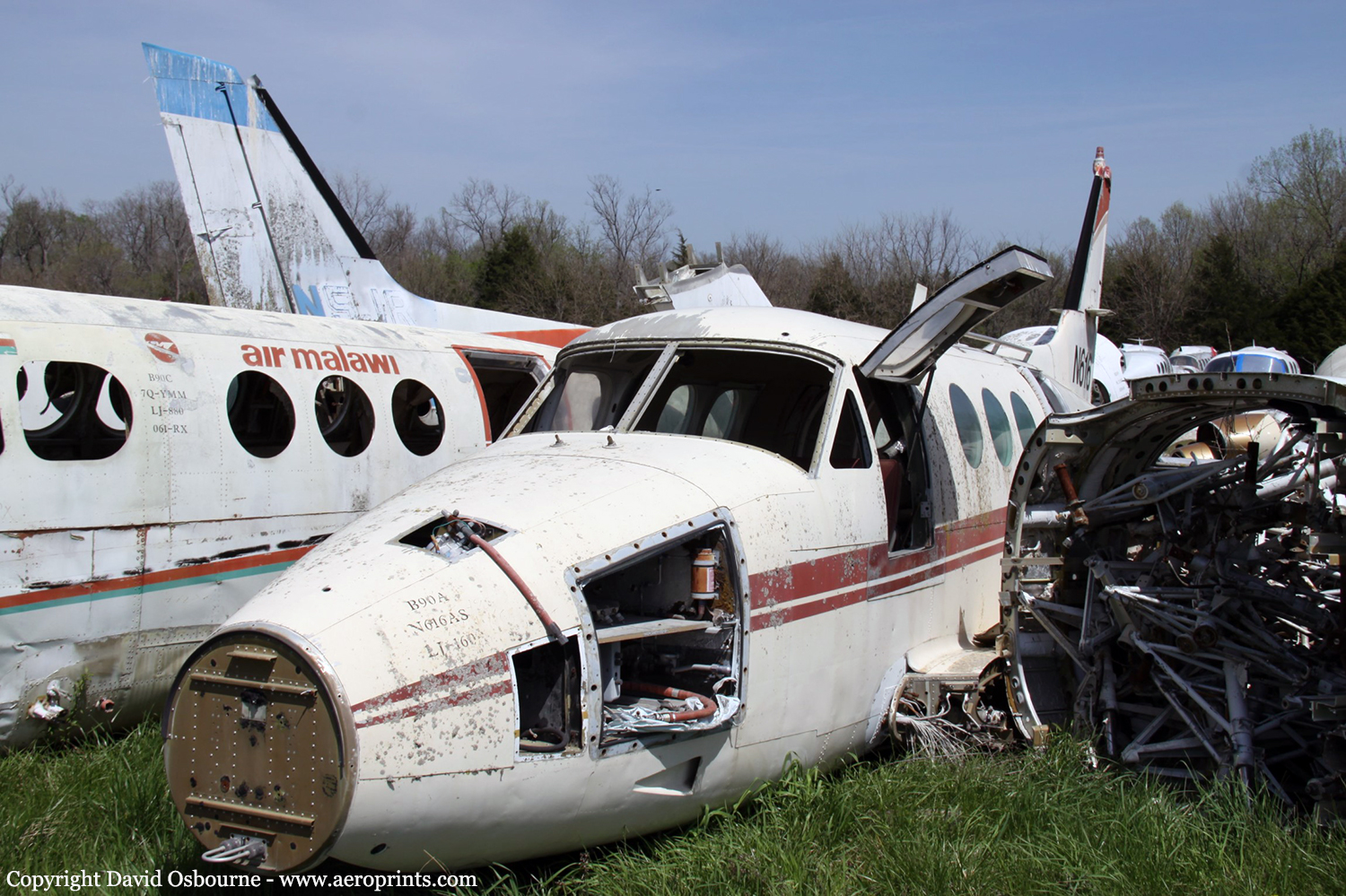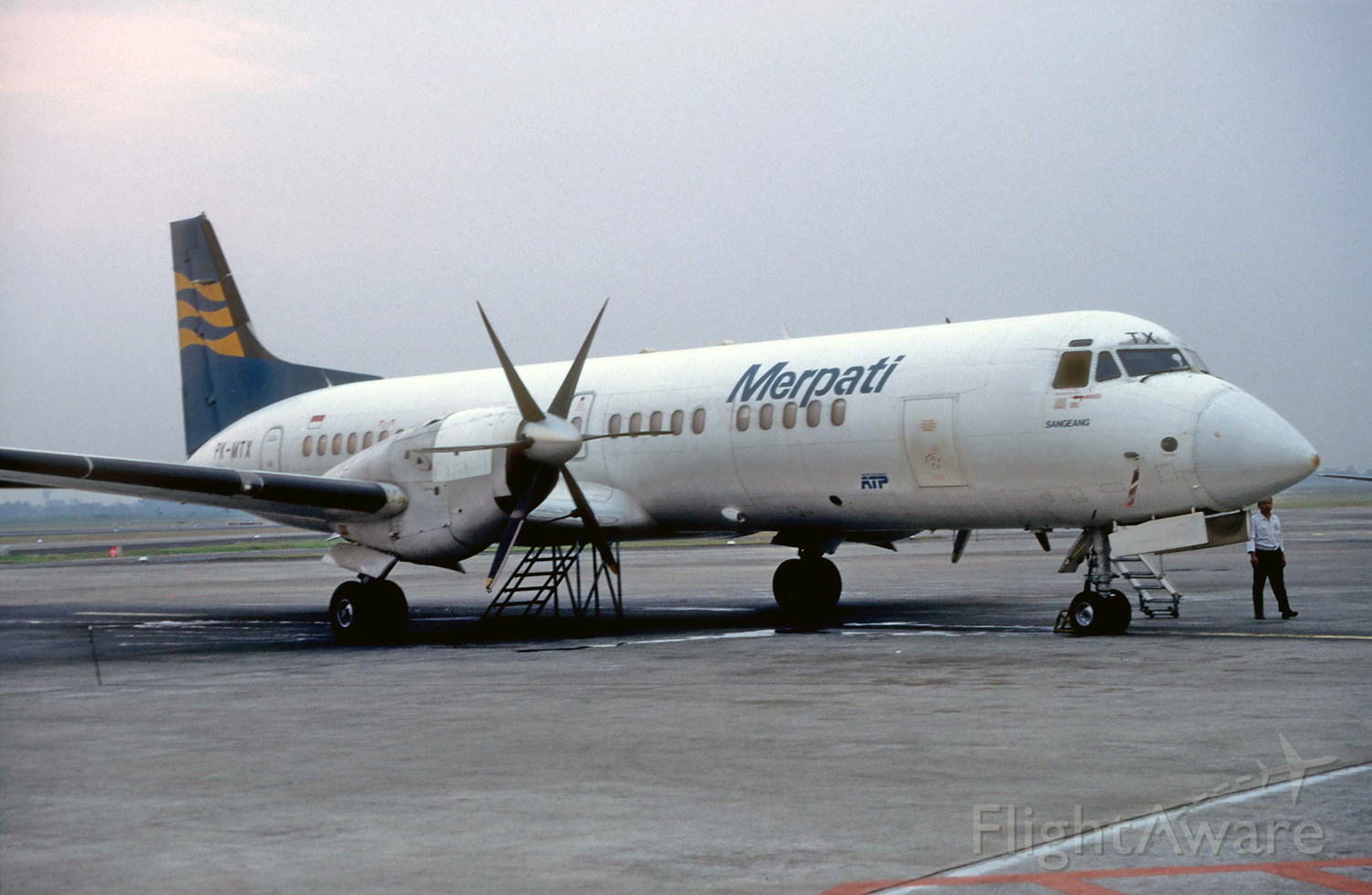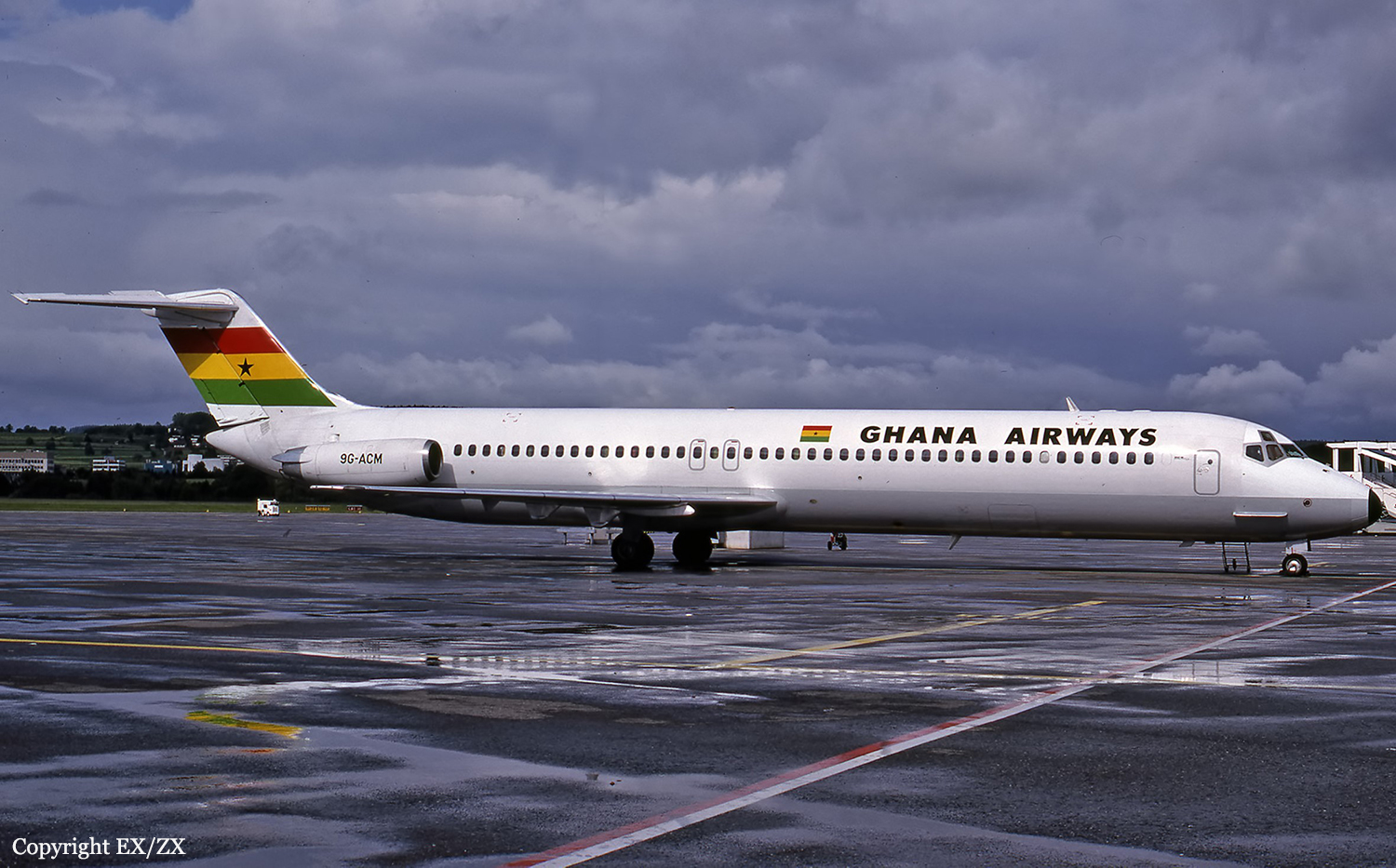Crash of a Dornier DO228-201 in Paros
Date & Time:
May 2, 1997 at 1722 LT
Registration:
SX-BHG
Survivors:
Yes
Schedule:
Athens - Paros
MSN:
8061
YOM:
1985
Flight number:
ML074
Crew on board:
2
Crew fatalities:
Pax on board:
18
Pax fatalities:
Other fatalities:
Total fatalities:
0
Circumstances:
On final approach to Paros Island Airport, the twin engine aircraft nosed down, lost height and struck the ground 1,3 metre short of runway threshold. On impact, the nose gear collapsed and the aircraft slid for 166 metres before coming to rest on the runway. All 20 occupants evacuated safely while the aircraft was damaged beyond repair.




